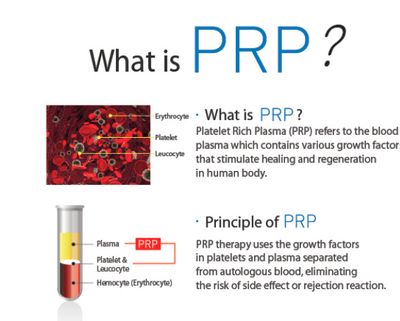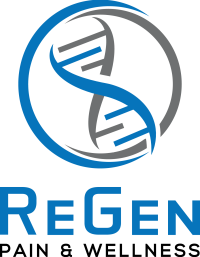Hair Restoration
Non-Surgical Hair Replacement in Scottsdale

WHAT IS PRP?

WHAT IS PRP?
Whether you’re a man or woman, losing your hair can be highly disappointing and frustrating. Hair loss can cause one confidence to drastically deteriorate. For many seeking a solution, Platelet-Rich Plasma (PRP) therapy can be viable option. PRP therapy is a non-invasive procedure that can work on both men and women.
THE SCIENCE OF PRP & HOW IT WORKS
PRP therapy works by utilizing growth factors within the platelets. There are seven growth factors that exist in normal platelets. The growth factors enter the hair bulb circulation and stimulate the cells. This can then leads to changes in the follicle.
PRP contains platelets that are key to stimulating hair follicles to generate hair growth. They mainly target the Dermal Papilla, which is a component of the hair follicle. The platelets, when used to regenerate hair growth within follicles, promote healing and the formation of new cell growth. In addition, the platelets also accelerate the rate and degree of regeneration so that you can expect to see results in a timely manner. PRP is an ideal component of hair restoration because it is highly effective in stimulating inactive hair follicles, causing them to revert to the growth phase.
Specific cells found in PRP that can cause hair growth:
Platelet-Derived Growth Factor (PDGF)
promotes blood vessel growth, cell replication, skin formation
Transforming Growth-Factor-Beta (TGF-b)
promotes growth of matrix between cells, bone metabolism
Vascular Endothelial Growth Factor (VEGF)
promotes blood vessel formation
Epidermal Growth Factor (EGF)
promotes cell growth and differentiation, blood vessel formation, collagen formation
Fibroblast Growth Factor-2 (FGF-2)
promotes growth of specialized cells and blood vessel formation
Insulin Like Growth Factor (IGF)
a regulator of normal physiology in nearly every type of cell in the body
Please note that while the process, including the device used to separate plasma, has been approved by the U.S. Food and Drug Administration, injecting into the scalp to treat for hair loss has not yet been reviewed. However, doctors have already been using PRP safely and effectively in many other medical fields. These fields include, but are not limited to: orthopedics, sports medicine, cosmetic surgery, oral surgery and neurosurgery.
PRP hair regrowth therapy will not work for all types of hair loss. So, it’s key that patients are correctly evaluated by a dermatologist or hair expert prior to beginning any therapy to determine if they are a good candidate.
HOW DO DOCTORS USE PRP TO RESTORE HAIR?
PRP therapy is quick, convenient and is not medically invasive. Upon an initial office visit, a medical professional will draw blood into a special tube. Next, the blood sample will be processed in a centrifuge where the PRP is separated from the rest of the blood.
The special PRP contains an advanced gel technology that removes the PRP molecules from the blood while it’s being processes. Once the centrifugation process is complete, the vital growth proteins from your blood are separated. Next, many providers will utilize a topical analgesic/anesthesia. Once that has taken effect, the Platelet-Rich Plasma (PRP) will be injected into the scalp. The PRP will then stimulates the follicles to encourage new hair growth.
For the most advanced results, patients may choose to have PRP therapy performed monthly for four months (or however long a provider evaluates is best). Following the proper follow-up regimen can help ensure hair follicles continue to be stimulated and that hair growth is progressing as it should be.
PRP Therapy works on the basis on utilizing growth factors within the platelets. Seven growth factors exist in normal platelets. The growth factors enter the hair bulb circulation and stimulate the cells. This leads to changes in the follicles.



